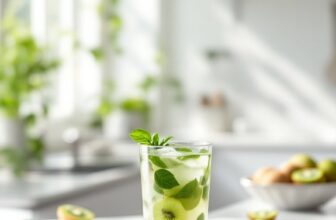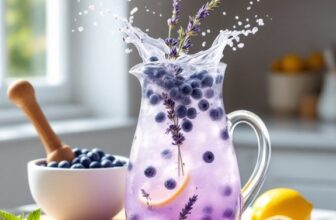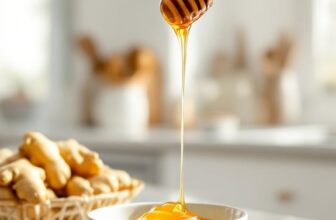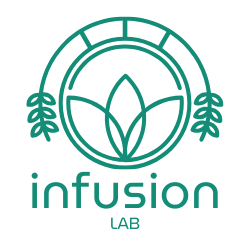Merry Cranberry Orange Holiday Tea Infusion
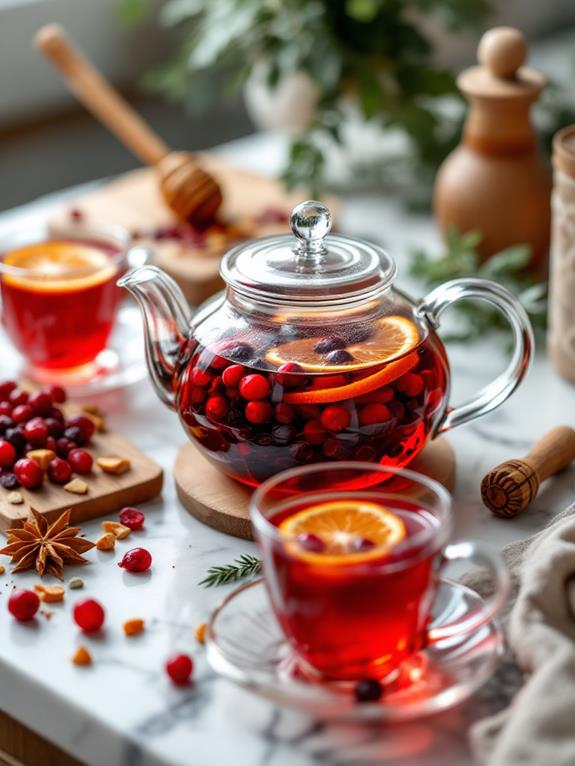
unlocking the Magic of Herbal Infusions: A Journey to Wellness adn Flavor
Imagine a steaming mug cradled in your hands, releasing an aroma that awakens your senses. It’s not just tea; it’s a symphony of herbs carefully chosen for their unique properties, each sip a journey towards well-being. Welcome to the world of herbal infusions – a timeless practice bridging culinary delight and natural healing.
Herbal infusions are more than just beverages; they’re potent elixirs brimming with the earth’s wisdom. by steeping dried herbs, flowers, or spices in hot water, we unlock their hidden treasures: vitamins, minerals, antioxidants, and phytonutrients that nourish our bodies from within.
This ancient practice transcends mere refreshment. it empowers us to take charge of our health, using nature’s bounty to soothe ailments, boost immunity, and enhance overall vitality. Whether you seek a calming chamomile infusion before bedtime or an invigorating ginger blend to kickstart your morning, the possibilities are as diverse as the plant kingdom itself.
Crafting Your Own Herbal Infusion: A Step-by-Step Guide
Creating your own herbal infusions is a simple yet rewarding process.Here’s a basic guide to get you started:
1. Selecting Your Herbs:
The world of herbs is vast and wondrous. Start with familiar flavors like chamomile for relaxation, peppermint for digestion, or lavender for stress relief. Explore bolder options like rosemary for memory enhancement,echinacea for immune support,or lemon balm for mood elevation. Remember to source high-quality, organic herbs whenever possible.2. measuring and Combining:
Use 1 teaspoon of dried herbs per cup of boiling water as a general guideline. Adjust the amount based on your desired strength and personal preference. For blends, experiment with diffrent ratios until you find a harmonious flavor profile.
3. Brewing Perfection:
Pour boiling water over your herb mixture in a teapot or heat-resistant mug. Cover and steep for 5-10 minutes, allowing the flavors to fully infuse. Avoid over-steeping, as it can result in bitterness.
4. Straining and Serving:
Strain the infusion through a fine-mesh sieve or cheesecloth into your favorite cup. Enjoy it hot, or let it cool for a refreshing iced beverage.
5. Enhancing Your Infusion:
Elevate your experience by adding natural sweeteners like honey or maple syrup, a squeeze of lemon juice, or a sprinkle of cinnamon. Experiment with different combinations to discover your signature blend.
Pro Tips for Infusion Mastery:
Fresh Herbs: For a more vibrant flavor, use fresh herbs whenever possible. Use about 2 tablespoons per cup of water and adjust steeping time accordingly (3-5 minutes). Cold Infusions: For a milder, sweeter infusion, try cold brewing. Steep herbs in cold water for 6-12 hours in the refrigerator.
Beyond the Cup: The Healing Power of Herbal Infusions
Herbal infusions are not limited to beverages. they can be incorporated into culinary creations, skincare routines, and even aromatherapy practices.
Culinary Delights: Infuse oils with herbs like rosemary or thyme for flavorful dressings and marinades. Steep dried flowers in vinegar to create unique vinaigrettes.
Skincare Solutions: Chamomile infusions make a soothing toner for sensitive skin. rose petal infusions can be used as a gentle facial mist.
Frequently Asked Questions:
1. Can I reuse herbs for multiple infusions?
While you can technically steep herbs multiple times, the flavor and potency will diminish with each subsequent infusion. It’s best to use fresh herbs for each batch.
2. Are there any contraindications for herbal infusions?
Some herbs may interact with medications or have specific contraindications. Always consult with a healthcare professional before using herbal infusions if you are pregnant, breastfeeding, or have any underlying health conditions.
3. How long can I store herbal infusions?
Refrigerate brewed infusions in an airtight container for up to 3 days. for longer storage, consider freezing them in ice cube trays.
4. Can I use essential oils instead of dried herbs?
Essential oils are highly concentrated and should be used with caution. A few drops added to a carrier oil can be infused into recipes, but direct ingestion is not recommended.
5. Where can I find reliable information about the properties of different herbs?
Reputable herbalism books, online databases like HerbMed, and consultations with qualified herbalists are excellent resources for learning more about the benefits and potential risks of specific herbs.
Embark on your own journey of discovery with herbal infusions. Experiment with flavors, explore their healing potential, and savor the connection to nature’s bounty.



